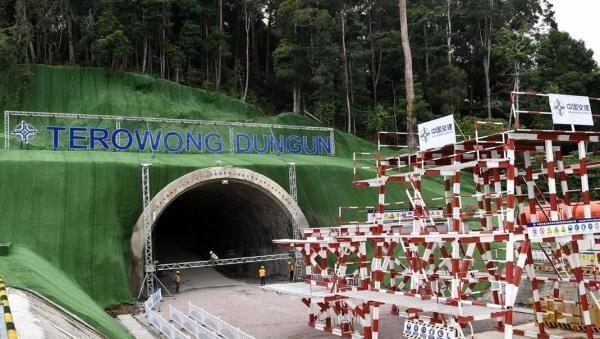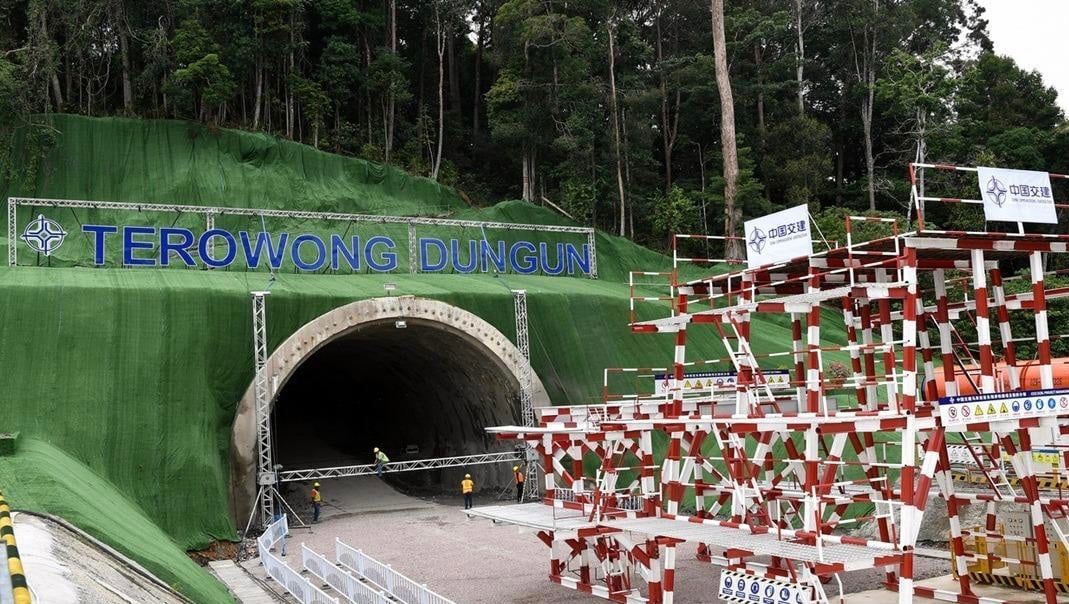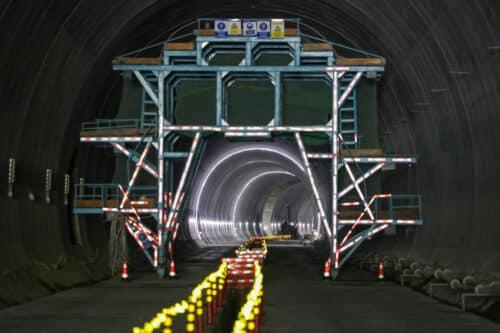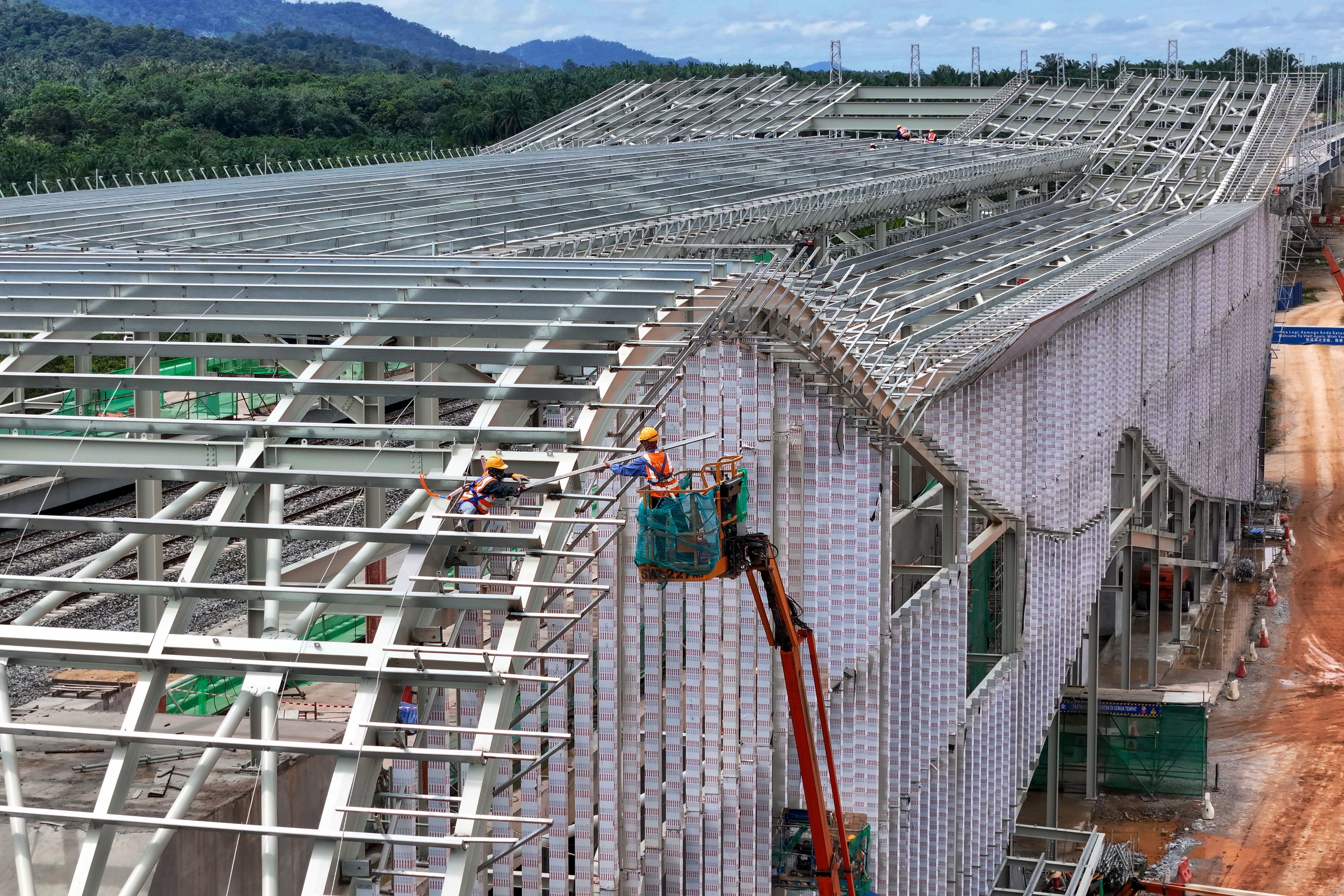SHAH ALAM, Oct 9 — Malaysia has Selangor at the centre of its regional logistics strategy, with the East Coast Rail Link (ECRL) and Port Klang expected to reshape trade flow and offer investors an alternative to Singapore’s transhipment hub.
Malaysia Rail Link (MRL) Railway Management head Saifuz Zaman Aziz said the ECRL will establish a land bridge between Kuantan Port and Port Klang, allowing cargo to bypass Singapore while strengthening economic growth along the east coast.
“This railway project enhances connectivity between the east and west coasts of Peninsular Malaysia. It links Kuantan Port to Port Klang, cutting the time ships would otherwise spend going through Singapore. It also develops both ports and positions Malaysia within wider Asean and global supply chains,” Saifuz said at the Asean Logistic and Supply Chain Connectivity forum held under the Selangor Asean Business Conference (SABC) here yesterday.
The SABC is held under the auspices of the Selangor International Business Summit (SIBS) 2025, which is held at the Kuala Lumpur Convention Centre from yesterday to Saturday.
Saifuz said the project, built in collaboration with China Communications Construction Company (CCCC), will be completed in three phases from 2026 to 2028.
He added that it would balance growth between regions, attract new investment around freight stations, and connect automotive, manufacturing, and natural resources industries directly to ports.
Saifuz also highlighted Port Klang’s position as one of the busiest ports in the world that will surely benefit both Selangor and East Coast states.
“Port Klang is one of the busiest gateways in the world, and it sits in Selangor. With the ECRL, the state will play an even greater role as the anchor of Malaysia’s logistics network,” Saifuz said.
Meanwhile, DHL Express Malaysia managing director Julian Neo said Malaysia’s investments extend beyond physical infrastructure, with digital trade facilitation emerging as a key strength.
He pointed to DHL’s AI-powered automated gateway logistics hub at the Kuala Lumpur International Airport (KLIA), launched last year, as an example of how the country is modernising customs and supply chain systems.
“That facility was our largest investment in Malaysia and the first fully automated gateway in South(east) Asia.
“It uses generative AI and integrated systems with customs authorities to allow faster, paperless clearance. This directly benefits SMEs, which often lack the resources to adapt quickly to shifting tariffs and supply chain shocks,” he said.
Neo added that the upcoming Selangor Aero Park can absorb growth in the maintenance, repair and overhaul (MRO) sector as Singapore’s Seletar facility reaches capacity.
“Singapore controls 25 per cent of Asia’s MRO market, but there’s no more land there. Selangor has the space to complement that growth, not compete with it,” he said.
Both executives agreed that Malaysia’s multimodal approach — combining rail, sea, and air with digital systems — is crucial as global trade reroutes in response to tariff pressures and supply chain disruptions.





